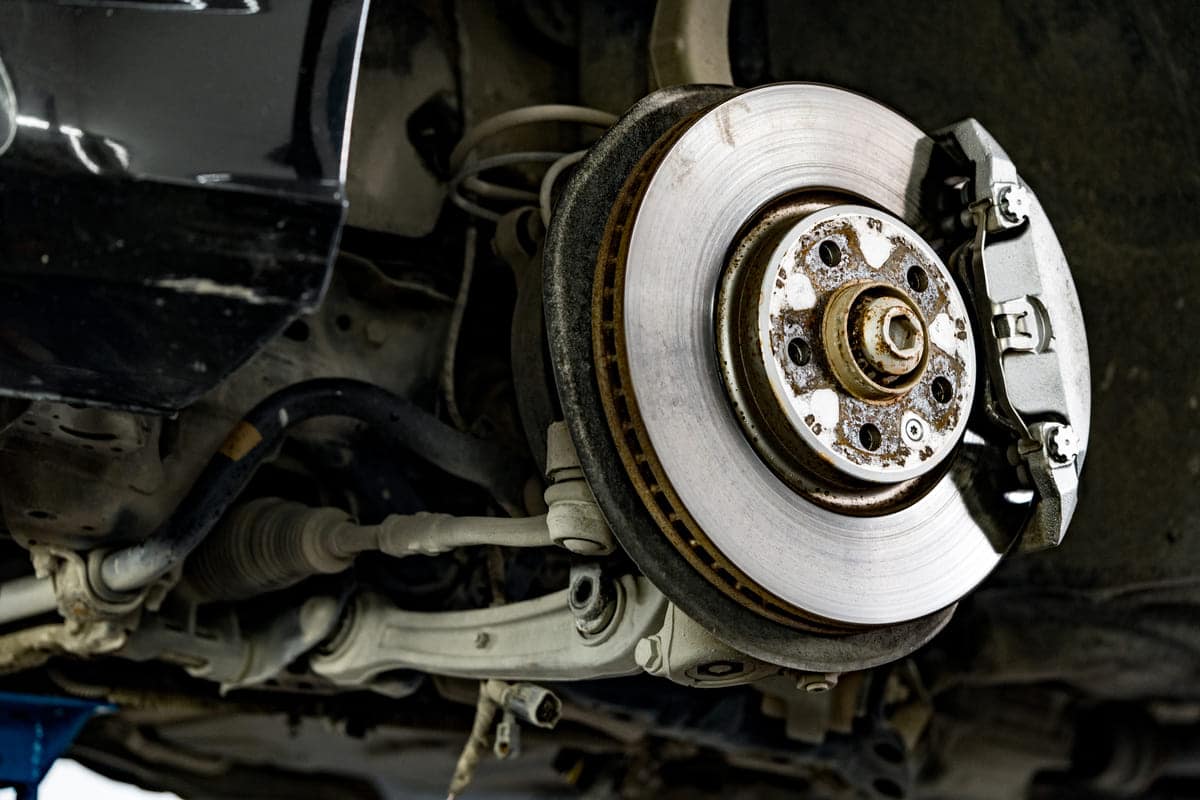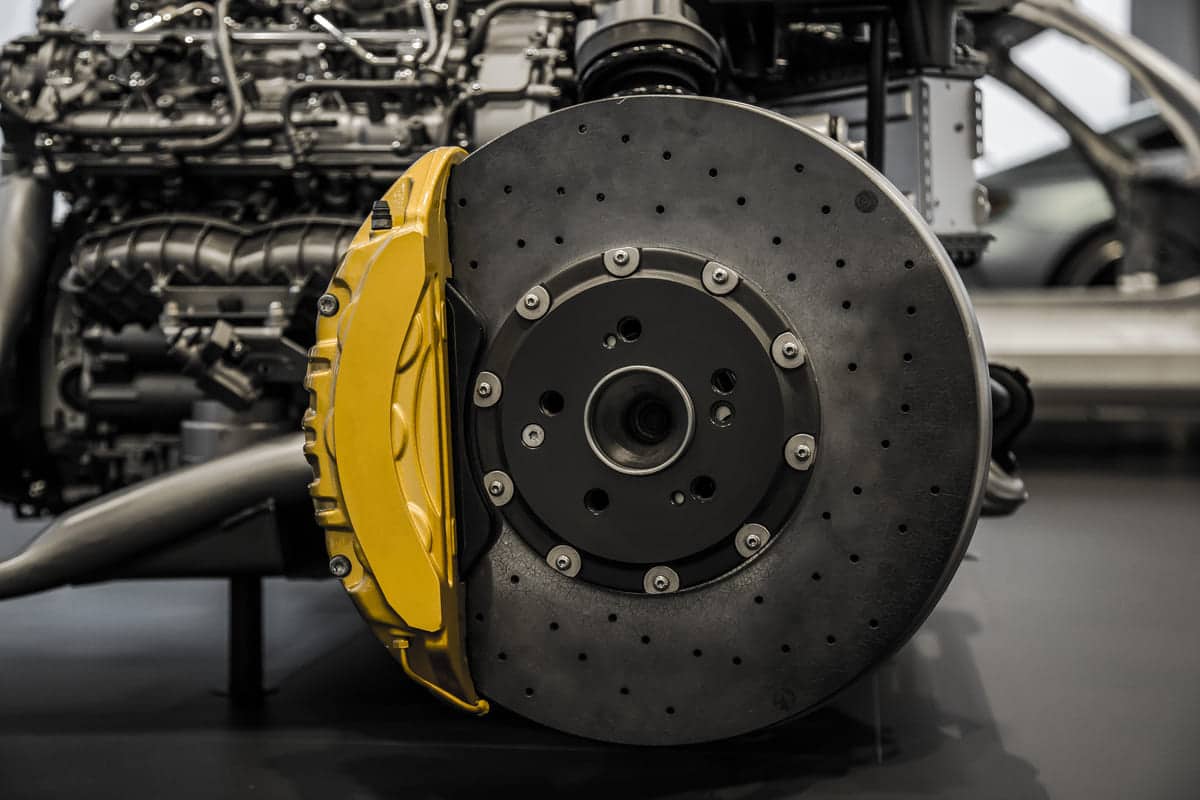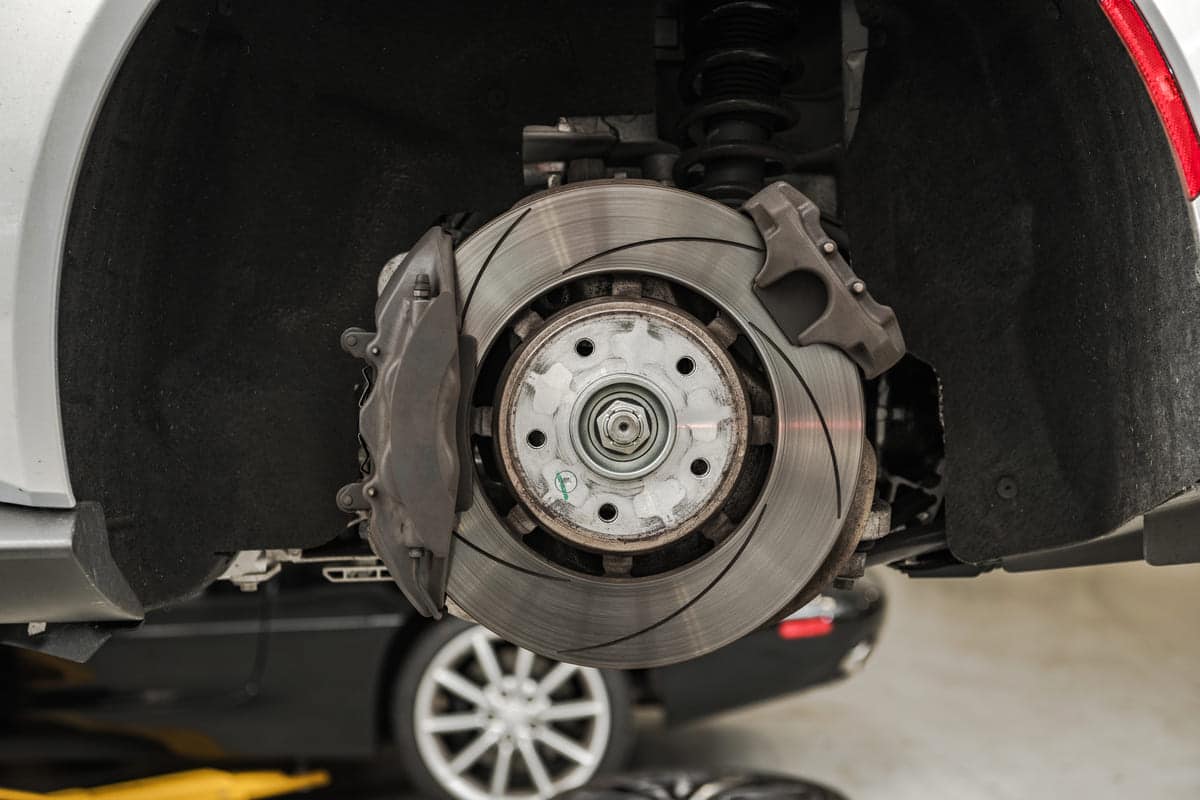ABS works by automatically pulsing the brakes when it detects wheel lock up scenario. This technology uses sensors and a control unit to apply the right amount of brake pressure so you can stay stable and steer during emergency braking.
What is an Anti-lock Braking System (ABS)?
Anti-lock Braking System also known as ABS, prevents the wheels from locking during braking. It uses sensors to monitor speed. When a wheel starts to lock, ABS reduces brake pressure. This helps to maintain control and stability.
When you brake hard, ABS kicks in. The system applies and releases the brakes quickly. This happens many times a second. So you can steer while braking.
ABS benefits are shorter braking distance and better vehicle control. It works on wet or slippery roads. Most modern cars have ABS as a standard feature. It provides overall driving safety and reduces accident risk.
References
- Anti-lock braking system. Wikipedia. Retrieved from
- What is ABS?. Samsara. Retrieved from
History of Anti-lock Braking System (ABS)
Anti-lock Braking System (ABS) has its roots in the 1920s. Engineers first used it in aircraft to prevent tire skidding during landing. The first automotive ABS was in the 1960s.
In 1971, Chrysler introduced the “Sure Brake” system. It was the first ABS for cars. Mercedes-Benz and Bosch developed the first electronic ABS in the late 1970s. They launched it in the Mercedes S-Class in 1978.
In the 1980s, more manufacturers adopted ABS. It became a standard feature in luxury cars. By the 1990s, ABS was in mainstream cars. Regulatory bodies recognized its benefits.
Modern ABS is more advanced. It’s integrated with other safety features like Electronic Stability Control (ESC). Today, ABS is mandatory in many countries. It’s still a vital part of vehicle safety and accident prevention.

Types of Anti-lock Braking System (ABS) in Automotive
There are several types of ABS used in motor vehicle. Each type has different configuration based on the number of channels and sensors:
- Four-Channel, Four-Sensor ABS: This is the most advanced. One sensor and valve for each wheel. Best control and performance.
- Three-Channel, Three-Sensor ABS: Common in pickup trucks with 4 wheels. Each front wheel has one sensor and valve. The rear wheels share one sensor and valve. Good control for most situations.
- One-Channel, One-Sensor ABS: Used in older cars or light trucks with rear-wheel ABS. One sensor for both rear wheels. Less effective but still prevents wheel lock up.
- Two-Channel, Four-Sensor ABS: Found in some older cars. Two sensors, one for each but four valves. Moderate control.
Each type has a different level of safety and performance. Knowing these differences will help when choosing or maintaining a vehicle.
References
- Anti-lock Brake System. ScienceDirect. Retrieved from
How does ABS work?
ABS works through a series of steps to prevent wheel lock up during braking:
- Monitoring Wheel Speed: Sensors on each wheel monitor the speed. They send data to the ABS control module. Real-time information to detect when a wheel starts to lock.
- Detecting Lock-Up: The control module analyzes the wheel speed data. If it detects a big drop in speed, meaning a lock-up is about to happen, it activates the ABS.
- Pulsing Brake Pressure: The ABS control module sends signals to the valves in the braking system. The valves reduce brake pressure on the affected wheel. Prevents the wheel from locking and maintains traction.
- Restoring Brake Pressure: Once the wheel regains speed, the ABS increases brake pressure again. This process repeats fast, applying and releasing the brakes multiple times a second.
- Controlling: During this cycle, the driver can steer the vehicle. ABS keeps the vehicle stable and controlled, even in emergency braking.
By following these steps, ABS improves vehicle safety and reduces skidding or loss of control.
References
- Anti-lock Braking System: Main Components and Advantages. Automotive Technology. Retrieved from
- Anti-lock Braking System (ABS). Testbook. Retrieved from
What are the Components of ABS?
ABS has several components that work together to prevent wheel lock up:
- Speed Sensors: These are located at each wheel. They monitor wheel speed and send real-time data to the ABS control module.
- Valves: Valves are in the brake lines of each wheel. They regulate brake fluid pressure based on signals from the control module.
- Pump: The pump restores the pressure released by the valves. Ensures brake pressure is maintained during ABS operation.
- Controller: The ABS controller or control module processes data from the speed sensors. It determines when to activate the ABS and sends signals to the valves and pump.
- Hydraulic Unit: This is where the valves and pump are housed. Manages the distribution and regulation of brake fluid pressure.
Each component is crucial to the ABS system. Together they give effective braking and vehicle stability.
References
- Anti-lock Brake System (ABS). HowStuffWorks. Retrieved from

Why do we need ABS?
ABS has several benefits that improve vehicle safety and performance:
- Prevents Wheel Lock-Up: ABS prevents wheels from locking during hard braking. So the driver can still control and steer.
- Reduces Stopping Distance: On slippery or uneven surfaces, ABS can shorten stopping distance. It optimizes brake force distribution for better braking.
- Enhances Stability: By preventing skidding, ABS makes the vehicle stable. Reduces the risk of accidents, especially in emergency situations.
- Improves Traction: ABS maintains traction on wet, icy, or loose surfaces. It adjusts brake pressure for better grip and handling.
- Meets Safety Regulations: Many countries require ABS in new vehicles. Compliance to these regulations means vehicles meet modern safety standards.
These reasons show why ABS is important for driving safety and vehicle control.
ABS Fast Facts
- First Use: ABS was first used in aircraft in the 1920s to prevent tire skidding on landing.
- Automotive Debut: First automotive ABS was introduced in the 1960s.
- Electronic ABS: Mercedes-Benz and Bosch introduced the first electronic ABS in 1978.
- Components: Speed sensors, valves, pump and control module.
- Operation: ABS pulses brake pressure multiple times a second to prevent wheel lock up.
- Benefits: Improves vehicle stability, reduces stopping distance and enhances traction.
- Standard: ABS is now a standard feature in most modern vehicles.
- Regulation: Many countries require ABS in new cars for safety standards.
- Related Technologies: ABS is often integrated with other safety features like Electronic Stability Control (ESC).
These quick facts provide a snapshot of ABS and its significance in vehicle safety.
References
- What is an Anti-Lock Braking System?. Kia. Retrieved from
- What is Anti-Lock Braking System (ABS) Meaning?. Financial Express. Retrieved from https://www.financialexpress.com/what-is/anti-lock-braking-system-meaning/1767273/


